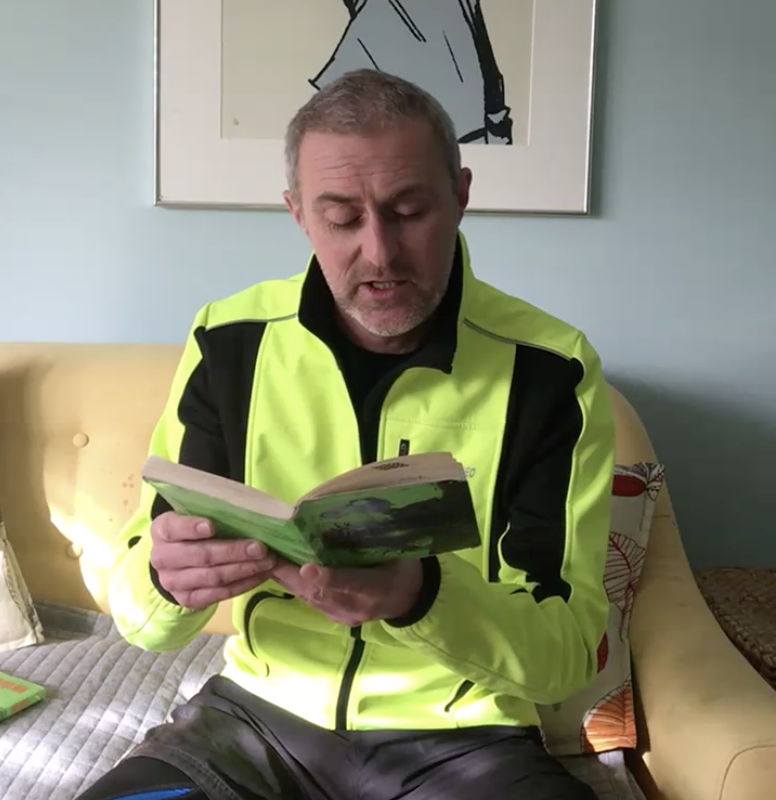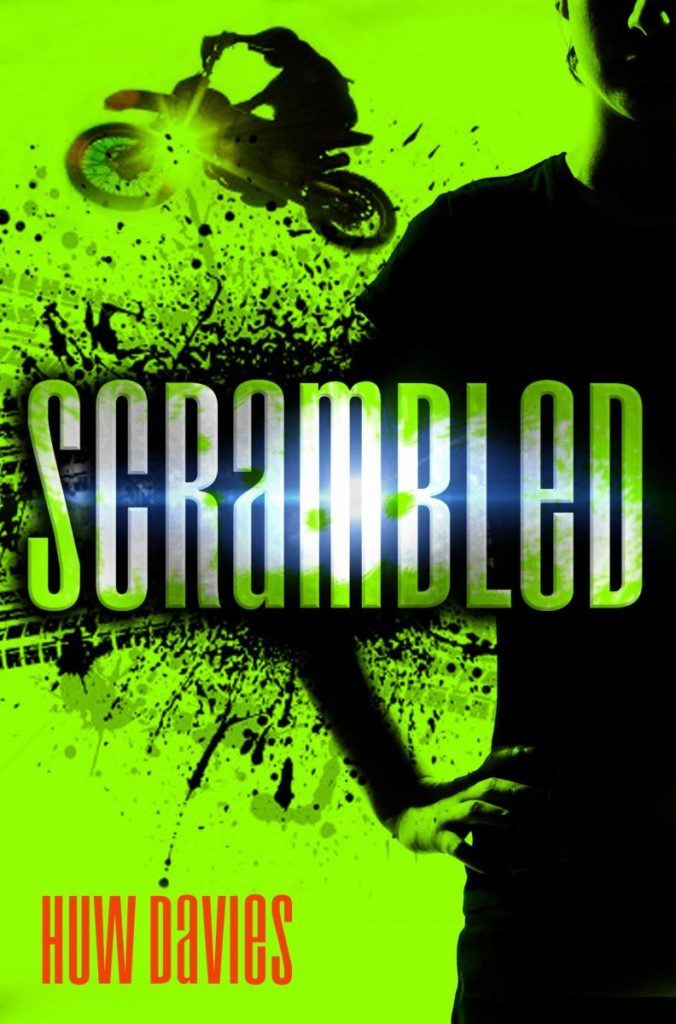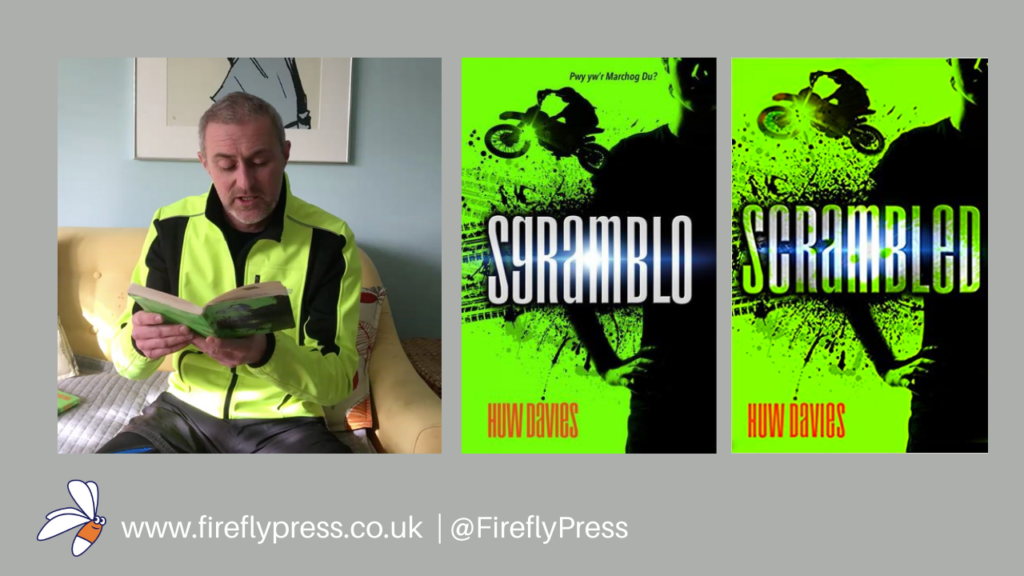Here are my thoughts on funny writing for children:
It’s always struck me as odd that funny things can be perceived as less serious than things that aren’t. In fact, I think that to be really funny, a funny book needs to be dealing with something serious. Although not technically a children’s book, the first book I can remember falling in love with was The Hitchhiker’s Guide to the Galaxy. I loved the names, the bizarre situations and ridiculous ideas, but behind it was the idea of a simple man trying to live an ordinary life whilst he has all kinds of absurdity thrust upon him. It is a novel length treatment of Lennon’s ‘life is what happens to you while you’re busy making other plans’. It’s deep, but you don’t see that as you read it. (In fact, it completely put me off science fiction – as I read other SF books I’d think ‘I can see the space-ships and the robots, but where are the jokes?’)
And when dealing with children (I’m an English teacher), it’s much easier to sell something to a class if it’s got funny things in it. It would be one thing to introduce a book by saying it’s a text about friendship, fate and race. A lot the class would be half asleep. But if you introduce it as a book featuring characters called Armpit, Squid and a murderous outlaw called Kissin’ Kate Barlow, they’re onside (Louis Sachar’s immense Holes if you haven’t read it). When I wrote Scrambled (Welsh language version – Sgramblo) I was trying to write what I called ‘a daft book for daft boys’. Again, if I said to the aforementioned daft boys ‘hey this is a book about grief, education and the crisis in modern masculinity’ they would have tuned out straight away. However if I say it features someone who can pick up a coin with their own phlegm, someone eating a Ralgex sandwich and someone driving a motorbike into a glass-house, they’re back with me.
It’s often said that humour is a serious business, but I think when it’s done right it’s the most serious business of all.





